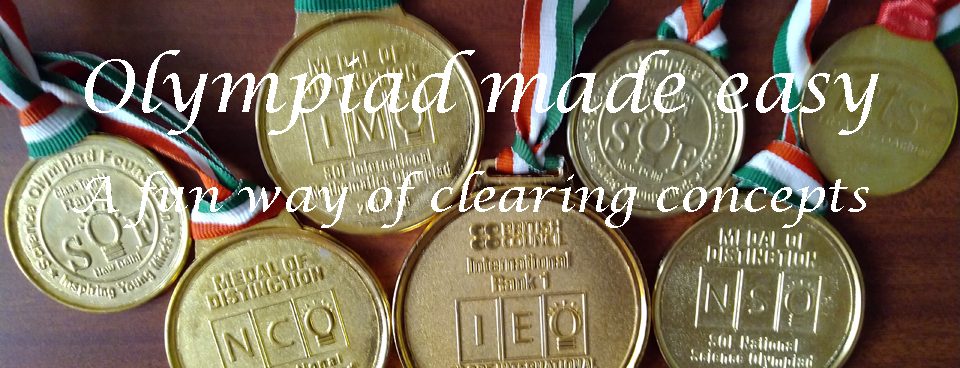Before starting lets take a look at the Grade 1 lessons
Activities: Worksheets on Air and Water
Air
Living things need air to breathe
Moving air is called Wind
A gentle wind is called Breeze
A strong fast wind is called a Storm
A very strong wind is called Gale
Uses of moving air
A weather cock or wind vane is used to know the direction of the wind. At airports we use wind sock to know the direction of the wind. When aeroplanes fly in the direction of the wind , it saves fuel.
Wind makes windmill work. They are used to generate wind energy which is used to grind grains, pump water and make electricity.
Helps in sailing boats
A parachute falls slowly because of the wind
Drying clothes
Wind carries seeds to far off places so that new plants can grow from these seeds at new places.
Winnowing (blow a current of air through (grain) in order to remove the chaff.)
Water
Sources of water
In hilly areas mountains are covered with snow. During summer snow melts and flows as streams which in turn form a river. These rivers flow over land and go to the sea or the ocean.
Water comes from the clouds as rain. Rainwater is considered the purest form of natural water. It gets stored and fills water bodies like puddles, stream, pond, lake and river. These are the sources of surface water.
Rainwater also seeps in through trhe ground and gradually gets collected inside it. This water is called groundwater and we get this water through wells and pumps.
Water cycle
Important terms :
Accumalation : The process in which water pools in large bodies (like oceans, seas and lakes).
Condensation : The process in which water vapor (a gas) in the air turns into liquid water. Condensing water forms clouds in the sky. Water drops that form on the outside of a glass of icy water are condensed water.
Evaporation : The process in which liquid water becomes water vapor (a gas). Water vaporizes from the surfaces of oceans and lakes, from the surface of the land, and from melts in snow fields.
Precipitation : The process in which water (in the form of rain, snow, sleet, or hail) falls from the clouds.
Subsurface Runoff : Rain, snow melt, or other water that flows in underground streams, drains, or sewers.
Surface Runoff : Rain, snow melt, or other water that flows in surface streams, rivers, or canals.
Transpiration : The process in which water within plants evaporates into the atmosphere. Water is first absorbed by the plant’s roots, then later exits by evaporating through pores in the plant.



